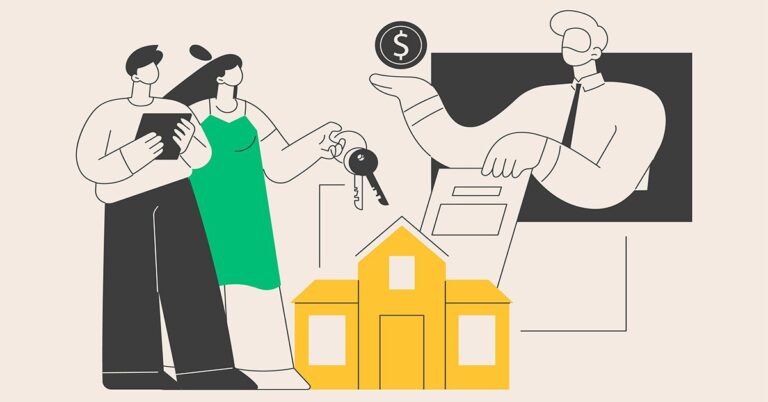The Bureau of Labor Statistics reported that total nonfarm payroll employment rose by 661,000 in September — less than half the number of jobs added in August.
The figure, which undershot economist expectations by about 139,000 jobs, was a sign that, while the labor recovery continues from the COVID-19 pandemic, it does so with moderating momentum.
In particular, government hiring suffered in September, falling by 216,000, including the release of 41,000 temporary Census workers. The proliferation of remote learning in many areas across the nation may also have led to less education hiring than usual, reflected in employment decreases within local and state education of 231,000 and 49,000, respectively.
The unemployment rate did shed half a percentage point to 7.9%, making September the fifth consecutive month that the jobless rate has improved. But part of the improvement came as significantly more people left the civilian labor force (695,000) than secured jobs (275,000). Consequently, the labor force participation rate retreated 0.3 percentage points to 61.4%, a full two percentage points lower than in February pre-pandemic. And although the number of workers on temporary layoff fell by 1.5 million, the number of permanent job losers grew by 345,000 to 3.8 million.
“The more job losses that are no longer deemed temporary means that there are fewer positions that can more easily be recovered, like those who were temporarily furloughed and can be called back as their employers resume normal operations,” observed Zillow economist Matthew Speakman. “More than anything, the uptick in persistent unemployment adds to the argument that the challenges in the labor market are going to take much longer to solve than previously thought.
“There is a tremendous amount of churn in this job market,” said Mike Fratantoni, senior vice president and chief economist for the Mortgage Bankers Association. “The pace of layoffs remains high, and even though many employees are being rehired, net employment gains are slowing. Total employment remains 7% below its February level.”
Private employment was a bright spot, growing by 877,000 jobs — a “strong” number, Fratantoni observed. Still, that gain marks a decline from the 1.02 million new private jobs logged in August, and a steep dropoff from the 2.43 averaged in the last three months. And with more businesses struggling to stay afloat as the pandemic drags on, Fratantoni remarked that “job growth is going to be more difficult in the coming months.”
As for the employment picture’s impact on housing and the mortgage landscape, Fratantoni noted that while the recovery appears to be slowing, it remains pointed in the right direction, supporting continued strength in the near-term.
“For the housing market, record-low mortgage rates and an improving job market should support strong demand for the rest of the year,” he said. “However, further slowdowns in hiring could cause some households to delay decisions to buy.”









